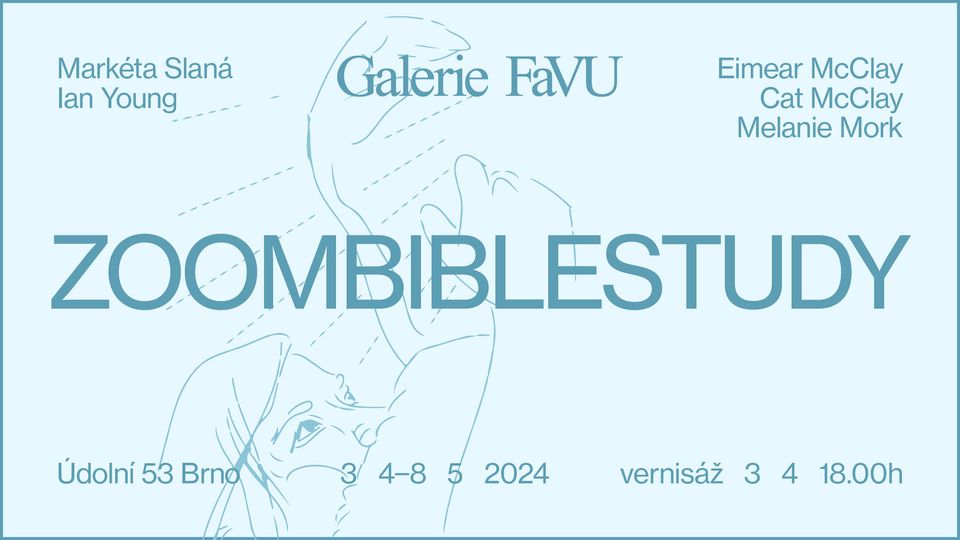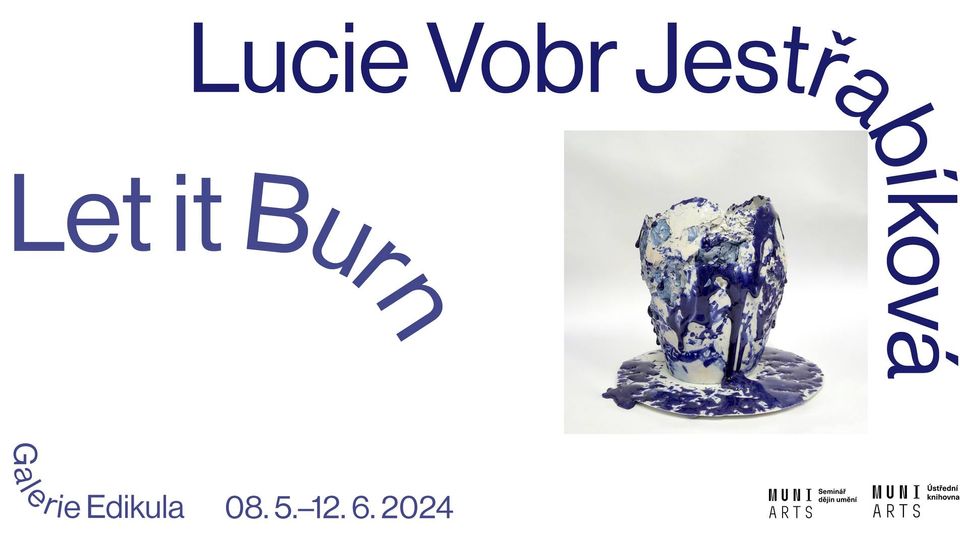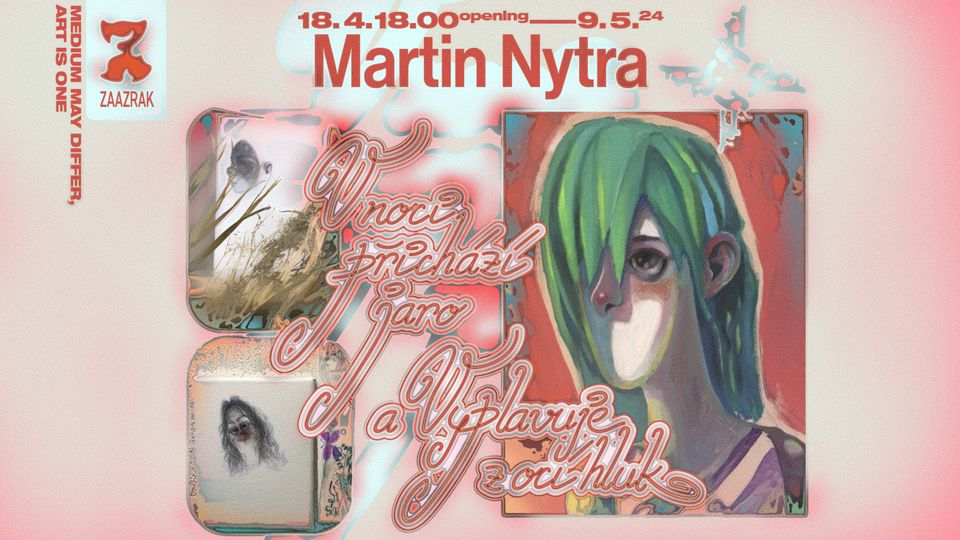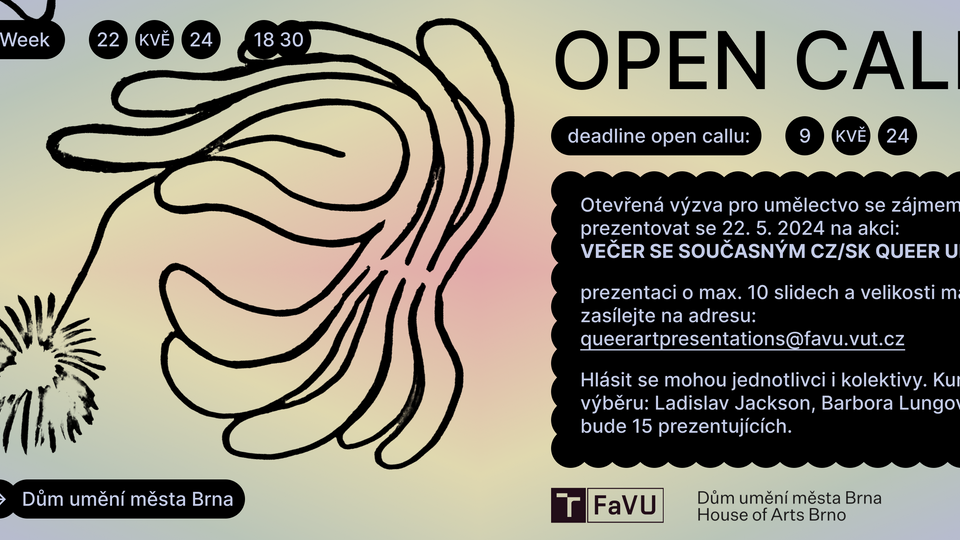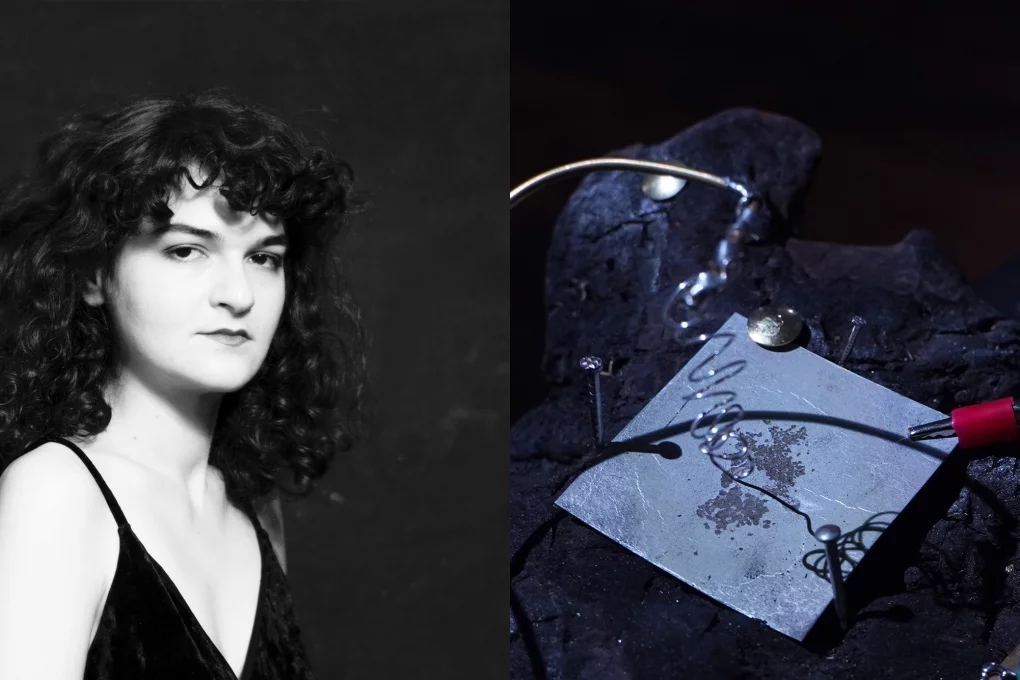Modernity and Religion in Central European Art and Architecture: Session 1 / ONLINE
18. 2. 2021
Přednášky a diskuze
zdarma
Žerotínovo nám. 617/9, 602 00 Brno-město
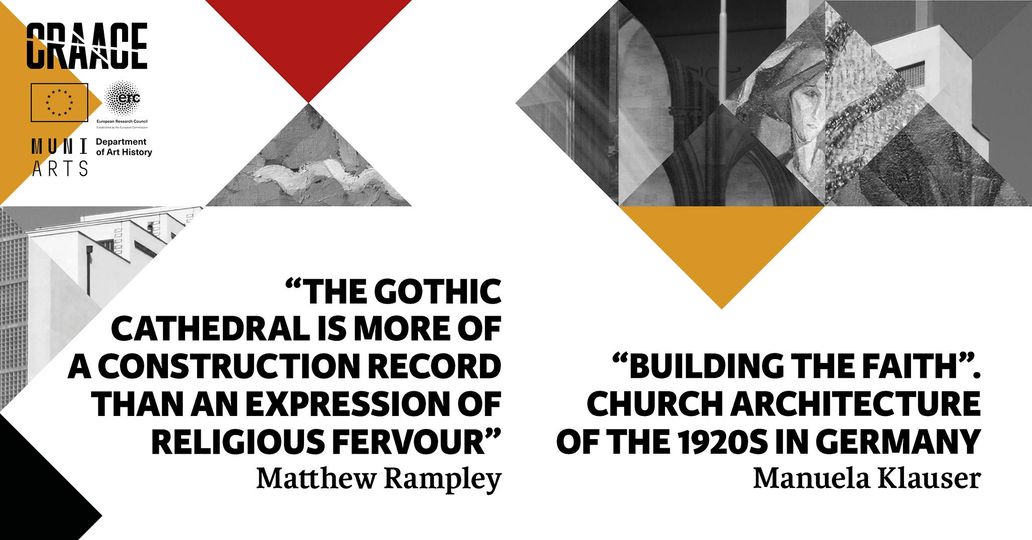
This session is the second event of the online workshop Modernity and Religion in Central European Art and Architecture, and will take place at 18.00 CET on 4 February 2021. For the full workshop schedule and to register follow this link. Registered participants will receive a Zoom link before the lecture.
Speakers: Matthew Rampley (Masaryk University, Brno) & Manuela Klauser (Independent Scholar, Munich)
Matthew Rampley (Masaryk University, Brno)
‘THE GOTHIC CATHEDRAL IS MORE OF A CONSTRUCTION RECORD THAN AN EXPRESSION OF RELIGIOUS FERVOUR’ (KAREL TEIGE): DEBATES ABOUT MODERNISM AND CHURCH ARCHITECTURE IN THE 1920S AND 1930S
Karel Teige’s statement in Modern Architecture in Czechoslovakia (1930) typified a dominant strand in modernist architectural thinking, namely: emphasis on technical construction, function and ‘objectivity’ (Sachlichkeit or, in Czech, věcnost). This attitude coloured Teige’s attitude towards contemporary architecture: he was famously critical of Jože Plečnik, architect of one of the most notable interwar buildings in Prague, the Church of the Sacred Heart (1929–32). Church building was, for Teige and for many other modernist architectural thinkers, the relic of a premodern age. This held not only in Czechoslovakia, but also in Austria, Hungary and Germany. Yet against this, there was a lively debate about the kinds of architectural language and design that best expressed and met the needs of religious communities in the twentieth century. Established churches, especially the Catholic Church, initially expressed hostility towards functionalist architecture. Modernity posed a challenge to an institution wedded to tradition and a belief in the timeless truths of revealed religion. By the end of the 1930s, however, this had changed, and church buildings comprised some of the most novel and striking examples of modernist architecture in central Europe. Moreover, although designing a building in order to evoke the aura of sacred mystery seems distant from the functionalist concerns of the architectural avant-garde, there were surprising areas of commonality between the two. This talk therefore explores the changing ideas that emerged about church building in the early twentieth century and analyses their relation to wider debates about architecture and modernity.
Matthew Rampley is Principal Investigator for the research project Continuity/Rupture: Art and Architecture in Central Europe 1918–1939, funded by the European Research Council, and Professor of Art History at Masaryk University. His recent publications include The Seductions of Darwin: Art, Evolution, Neuroscience and The Vienna School of Art History: Empire and the Politics of Scholarship, 1847–1918, both published by Penn State University Press, and Liberalism, Nationalism and Design Reform in the Habsburg Empire: Museums of Design, Industry and the Applied Arts, co-authored with Markian Prokopovych and Nóra Veszprémi and published by Routledge.
Manuela Klauser (Independent Scholar, Munich)
‘BUILDING THE FAITH’: CHURCH ARCHITECTURE OF THE 1920S IN GERMANY: HOW FAR DID THE NETWORK, THE IMPACT AND THE THEORETICAL BACKGROUND OF THE FAMOUS GERMAN ‘KIRCHENBAUMEISTER’ REACH?
In Germany, very soon after the end of the Great War a sequence of events initiated a ‘kick off’ to build churches – Roman Catholic as well as Protestant buildings – in a completely different style and construction than before. However, the intellectual process which created the conditions for these profound changes had started years before. In the first two decades of the twentieth century, boards formed by experts in art, design and culture accelerated an exchange of information and ideas via conferences, exhibitions, competitions and magazines. As a result of the reform of Prussian Design Schools, those schools assumed a leading role in this process. Many popular architects with ambitions in designing further products held positions as headmasters. They taught architecture as leading part of the design-focused ‘Gesamtkunstwerk’ and started to discuss the social standards of handicraft.
At the same time, religious movements aimed to make religion serve mankind, instead of making mankind serve religion. The needs of a quickly growing multicultural urban society demanded an adaption of parochial structures. An intense discourse in Germany’s main religions soon questioned the future of architectural style triggered by the pressures of economy. It was well known that in the modern city church architecture would no longer be a powerful leader. However, it had to join the infrastructural and social changes towards a more diverse environment. Soon, architects such as Otto Bartning, Dominikus Böhm, Clemens Holzmeister or Rudolf Schwarz discovered the potential of modern architecture to perform the 20th century church building into a social medium of communication. They attempted to visualise the core of modern worship: the community itself.
Modern sacred architecture may no longer hold a leading position in urban landscape, but by joining the same social networks, reading the same theoretical works and using the same constructions and technologies as the well-known influencers in profane architecture (e.g. Bruno Taut, Walter Gropius, Mies van der Rohe), the German ‘Kirchenbaumeister’ made sure that church architecture held a leading position in proving extraordinary ideas in construction, as well as architectural theory.
Manuela Klauser is an independent scholar based in Munich, Germany. She received her doctorate in 2017 from Heinrich Heine University in Düsseldorf. She has worked as a teaching assistant at Ludwig Maximilian University in Munich, as a research assistant at the Zentralinstitut für Kunstgeschichte in Munich, and as a curatorial assistant at the Edwin-Scharff-Museum in Neu-Ulm. Her research focuses on nineteenth- to twenty-first-century architecture, especially sacred architecture. She edits Straße der Moderne, a website about church architecture in Germany.

